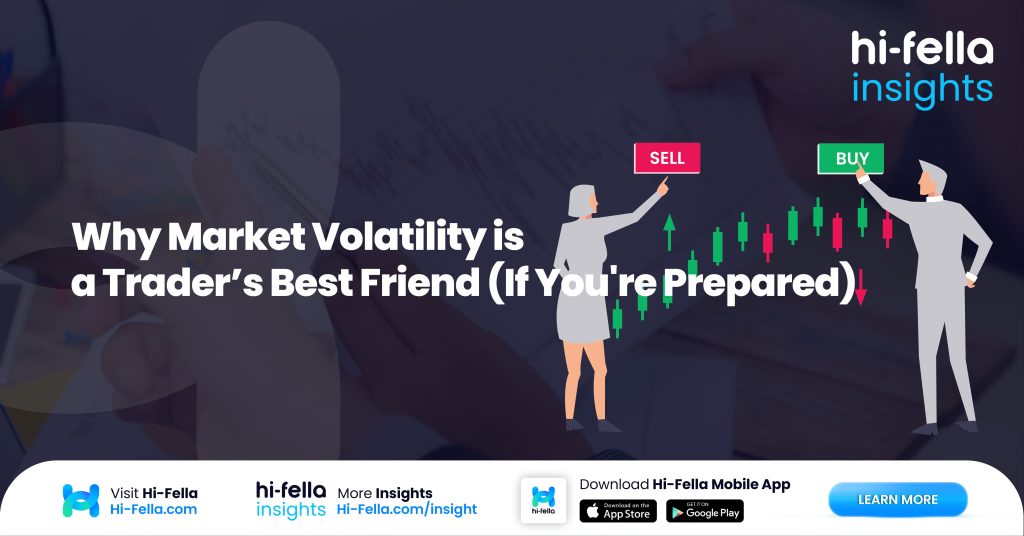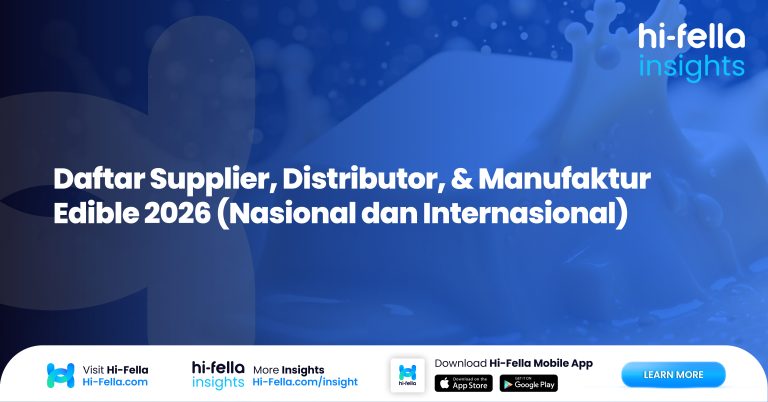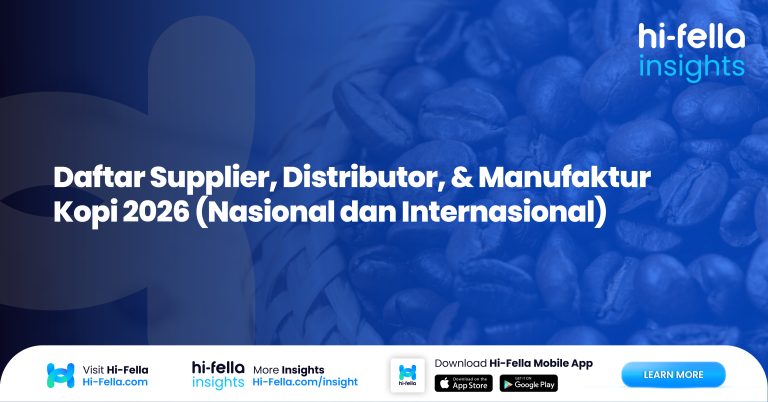In the unpredictable world of global markets, volatility is often seen as a danger to avoid. Yet, for seasoned traders, it is often seen as a signal rather than an obstacle. It is a sign of shifting sentiment, macroeconomic changes, or policy shifts, all offering an opportunity for informed traders to benefit. To truly capitalize on market volatility, traders must be prepared with the right tools, strategies, and mindset. In this article, we will explore how volatility can be an ally in the market, and how you can prepare to make it work in your favor.
Table of Contents
Market Volatility Isn’t the Enemy, It’s a Signal
Market volatility often feels like chaos, but when examined closely, it can reveal critical clues about market sentiment. Price swings in commodities, turbulence in foreign exchange (FX) markets, or sharp equity market reactions can all be indicators of larger macroeconomic forces at play. These fluctuations reflect changes in investor sentiment, government policies, or economic conditions — all of which offer profitable entry points for traders who know how to read the signs.
For instance, commodity price swings during periods of geopolitical uncertainty often signal underlying shifts in demand or supply. Take, for example, oil prices during the Gulf War or the COVID-19 pandemic, where traders who were able to predict the market’s directional shift early were able to capitalize on the fluctuations. Similarly, sudden movements in the FX market often reflect policy changes or central bank actions, providing traders with a chance to profit from shifts in currency values.
In the equity markets, volatility often marks turning points in the business cycle. A sudden drop in stock prices following an earnings miss or unexpected news can create an attractive buying opportunity for prepared traders, especially those focused on long-term value. By viewing volatility as a signal — a reflection of changing dynamics rather than a chaotic disruption — traders can uncover potential opportunities in every market shift.
Historical Patterns: How Prepared Traders Outperform in Turbulent Markets
History is a great teacher when it comes to understanding how volatility can be leveraged. From the financial crisis of 2008 to the global disruptions caused by the COVID-19 pandemic, there have been numerous instances where traders who adapted quickly to market volatility were able to outperform the broader market.
Take, for example, the 2008 global financial crisis. During this time, the market witnessed massive drops in asset values, triggering widespread panic. However, those who saw the opportunity in this chaos — such as hedge fund managers and investors with long-term perspectives — reaped enormous rewards by making strategic moves. By embracing uncertainty, they were able to buy stocks at historically low prices, effectively positioning themselves for enormous upside once the recovery began.
Similarly, during the COVID-19 pandemic, stock markets across the globe saw extreme volatility. Traders who were prepared with the right tools, such as algorithmic trading strategies or hedging positions, not only weathered the storm but profited immensely as they correctly anticipated the recovery phases. In fact, agile traders capitalized on the market’s early fears and sold off stocks before the sharp downturn, positioning themselves to re-enter the market once the recovery was underway.
The key lesson here is that the most successful traders are not those who avoid volatility but those who embrace it. By understanding historical patterns and preparing for various market scenarios, traders can outperform in turbulent conditions. Scenario planning, flexible trading strategies, and a focus on risk management all play critical roles in capitalizing on volatility.
Tactical Tools and Strategies for Riding Market Volatility
To successfully navigate volatility, traders need to adopt a range of tactical tools and strategies. These may include dynamic pricing, currency hedging, futures contracts, and flexible supplier arrangements. Each of these tools helps traders manage risk while taking advantage of the opportunities volatility presents.
Dynamic pricing, for instance, allows businesses and traders to adjust prices in response to market changes, ensuring that they remain competitive even in uncertain times. In the context of global trade, currency hedging is a popular tool used to minimize the impact of exchange rate fluctuations on profit margins. By locking in exchange rates ahead of time, traders can protect their profit margins from the unpredictable swings of the FX market.
Futures contracts, another powerful tool, enable traders to lock in the price of commodities or other assets, thus ensuring that they can avoid adverse price movements in the future. This strategy is particularly useful for managing the risk associated with volatile commodities such as oil, natural gas, and agricultural products.
Flexible supplier arrangements also allow traders to stay nimble during volatile periods. By diversifying suppliers or renegotiating contracts, traders can secure better pricing or more favorable terms, providing them with a competitive edge.
While these strategies are invaluable in managing risk, they are most effective when combined with strong market intelligence. Traders who have access to real-time data and insights can better adjust their strategies to market changes, ensuring that they stay one step ahead of the competition.
Data, Speed, and Networks: The New Volatility Advantage
In the modern era, speed and access to real-time data are crucial for capitalizing on market volatility. Gone are the days when traders had to rely solely on instinct and intuition. Today, data-driven decision-making and advanced technology have become the new advantages in volatile markets.
AI-driven tools, trade intelligence dashboards, and digital platforms for supplier-buyer matchmaking are becoming increasingly vital. These technologies enable traders to process vast amounts of data quickly, making it easier to spot opportunities and risks in real time. For example, AI algorithms can analyze news, social media, and market sentiment to identify trends before they fully materialize, giving traders an edge in volatile conditions.
Additionally, real-time intelligence allows traders to act faster than ever before. In volatile markets, every second counts, and the ability to make quick, informed decisions can mean the difference between success and failure. By using AI-powered tools and trusted networks, traders can significantly reduce decision lag and increase their responsiveness to changing market conditions.
Speed is also crucial when it comes to executing trades. With the help of digital trading platforms, traders can execute orders in a matter of seconds, ensuring they take advantage of fleeting opportunities in volatile markets.
Join Hi-Fella to Connect with Suppliers and Buyers Around the World
In times of rapid market movement, your biggest asset is who you trade with and how quickly you can act. Hi-Fella offers direct access to a global network of verified suppliers and buyers, empowering businesses to respond to market shifts confidently and efficiently.
Whether you’re a trader looking to secure the best rates for your commodities or a business in need of agile suppliers to navigate market uncertainty, Hi-Fella is here to help. By providing access to trusted partners and real-time market insights, Hi-Fella enables you to make informed decisions in volatile markets, giving you the strategic momentum to stay ahead of the curve.
Market volatility doesn’t have to be a threat — with the right preparation and strategies, it can be an opportunity for growth. Hi-Fella simplifies the process by connecting you with verified global suppliers and buyers, offering real-time market intelligence, and providing the tools you need to navigate volatility with confidence.








